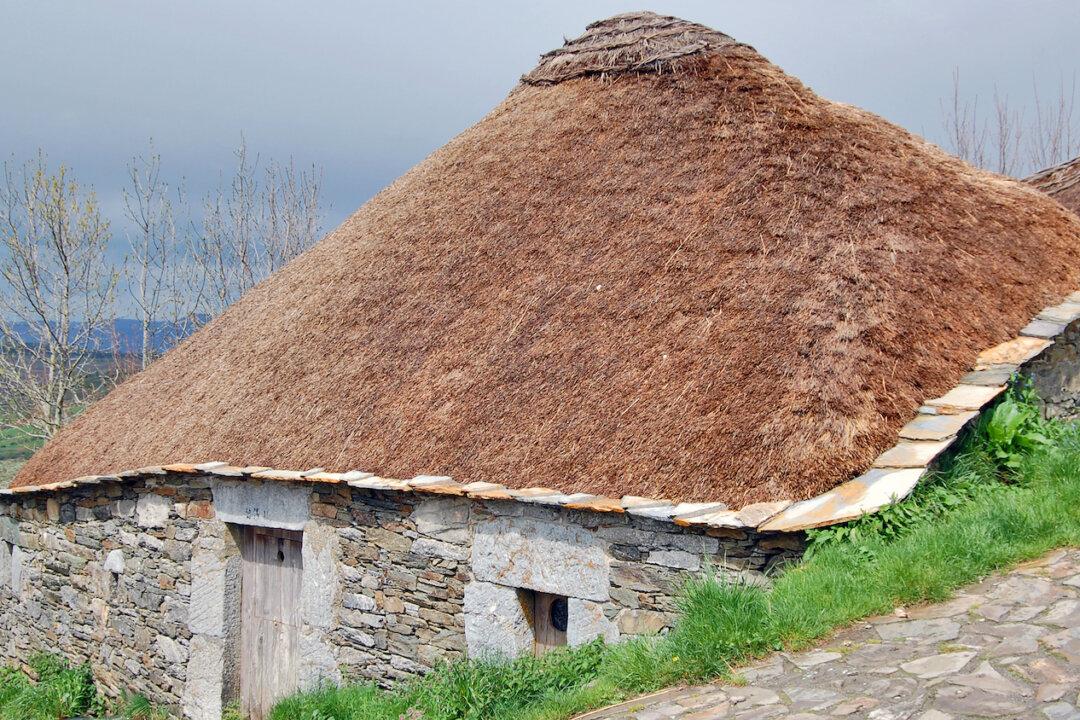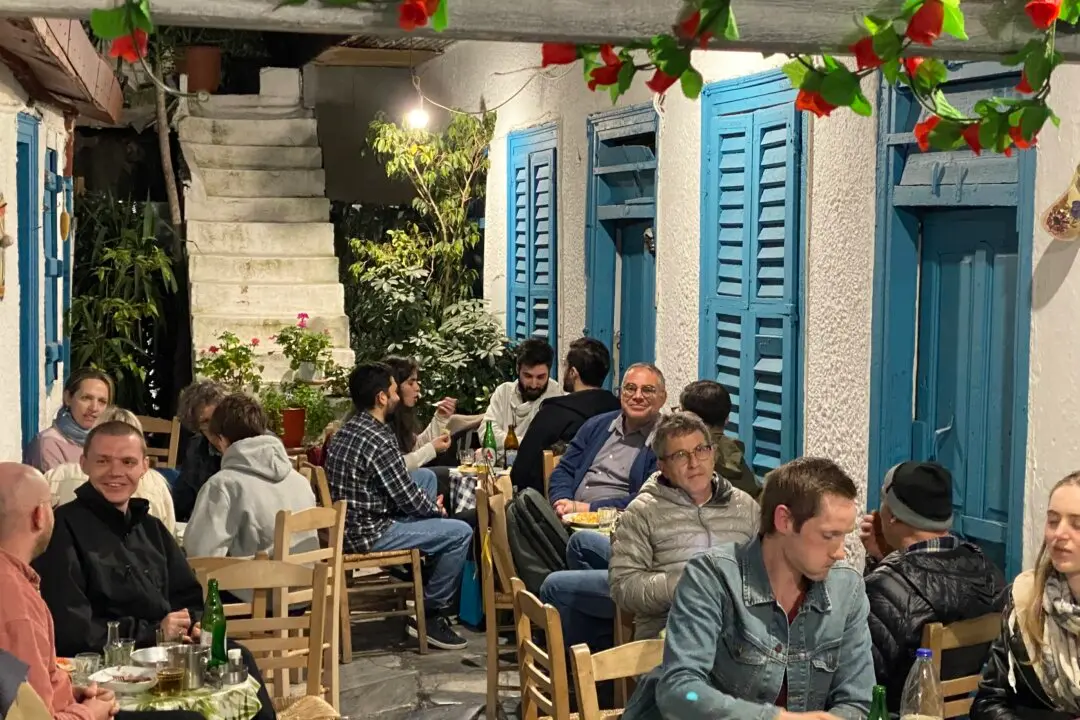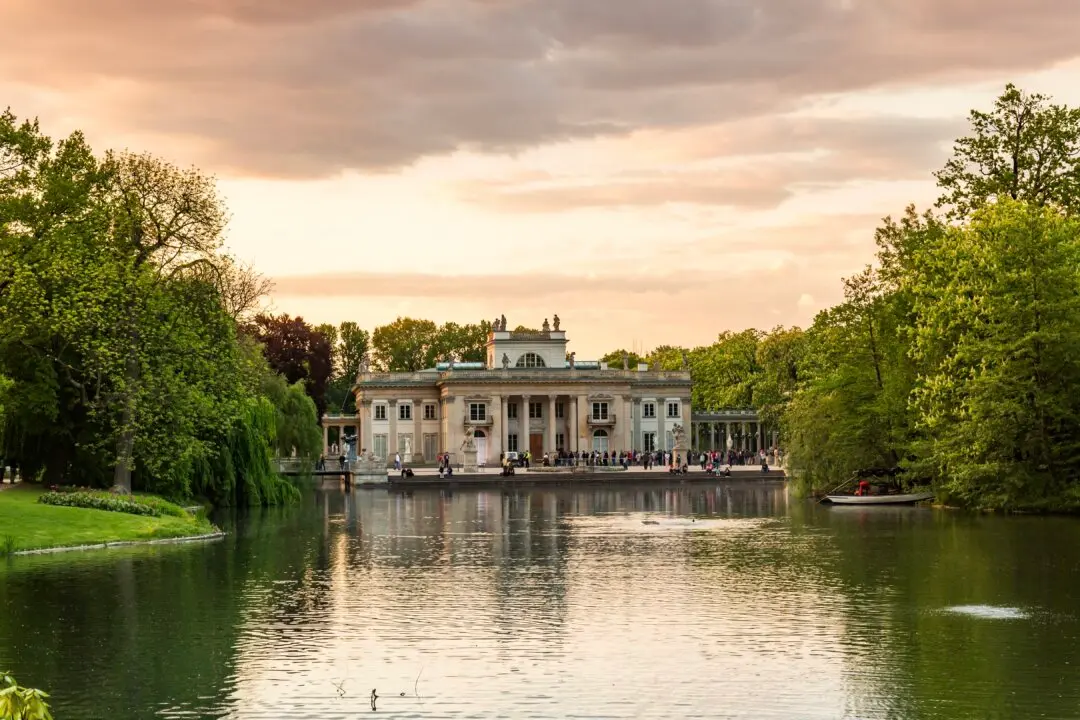Perched on a high ridge, the impossibly quaint hobbit hamlet of O Cebreiro welcomes visitors to Galicia—a hilly, damp, green region in northwest Spain that feels vaguely Irish. O Cebreiro is a time-warp connection to an uncomplicated, almost prehistoric past, when people lived very close to nature, in stone igloos with thatched roofs. With sweeping views across the verdant but harsh Galician landscape, O Cebreiro (pronounced oh theh-BRAY-roh) is constantly pummeled by some of the fiercest weather in Spain.
O Cebreiro smells like wood fires, manure, and pilgrim B.O. The village is shared by two groups: a few simple townspeople, who cock their heads quizzically when they see an iPhone, and weary Camino de Santiago pilgrims on an adrenaline high after finally reaching Galicia. O Cebreiro marks the final stretch of their month-long, 450-mile pilgrimage to the city of Santiago de Compostela, along the Camino de Santiago (or Way of St. James). The town’s dogs bark at each other territorially from across the street, completely ignoring the backpackers who regularly trudge through town.





